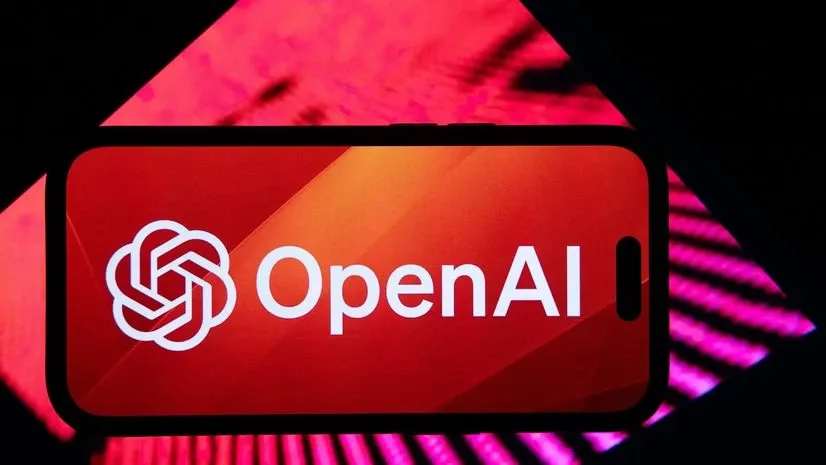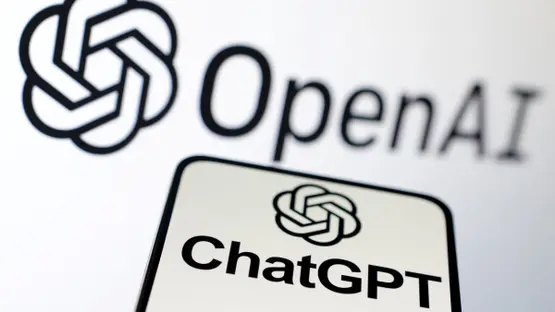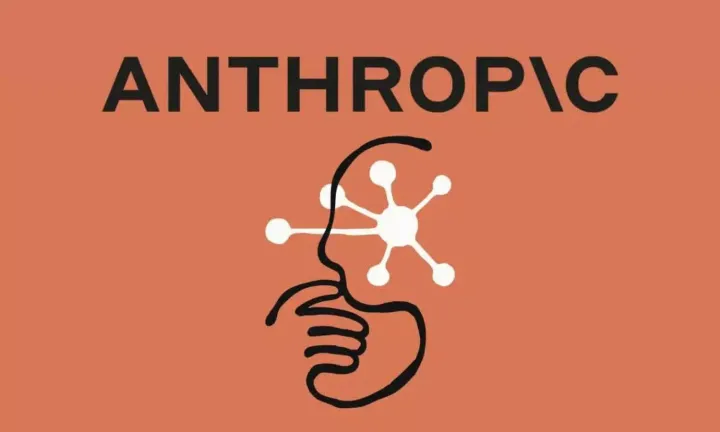OpenAI Restores GPT-4o After GPT-5 Failed to Impress
On social media, complaints poured in about GPT-5 being too “robotic” and “detached,” particularly in casual or emotionally sensitive conversations.

OpenAI has reinstated GPT-4o as a selectable model in ChatGPT following user backlash against GPT-5, which many described as “colder” and less empathetic.
The decision comes just days after the much-anticipated release of GPT-5, OpenAI’s most advanced model yet.
While GPT-5 brought major upgrades in reasoning, accuracy, and speed, many users expressed dissatisfaction with its tone and personality. Some noted that it lacked the warmth and relatability that made GPT-4o popular among ChatGPT users.
On social media, complaints poured in about GPT-5 being too “robotic” and “detached,” particularly in casual or emotionally sensitive conversations.
"If you have been following the GPT-5 rollout, one thing you might be noticing is how much of an attachment some people have to specific AI models. It feels different and stronger than the kinds of attachment people have had to previous kinds of technology (and so suddenly deprecating old models that users depended on in their workflows was a mistake)," OpenAI CEO Sam Altman said in a X post .
Responding to this feedback, OpenAI reintroduced GPT-4o in the model selector for ChatGPT Plus and Pro users. GPT-4o, short for "omni," was designed for multimodal understanding and smoother, more natural dialogue.
Nonetheless, with GPT-5, OpenAI claimed it delivers significantly more accurate answers compared to its predecessors, with a notable reduction in hallucinations.
According to the company, GPT-5 is ~45% less likely to produce factual errors than GPT-4o on real-world queries with web search enabled, and ~80% less likely when using its “thinking” mode—OpenAI’s term for deeper reasoning.



Comments ()